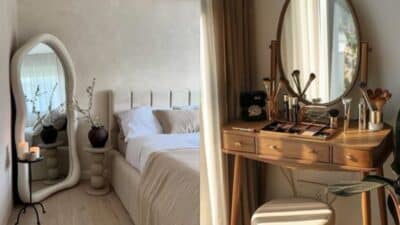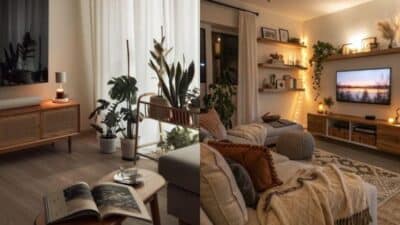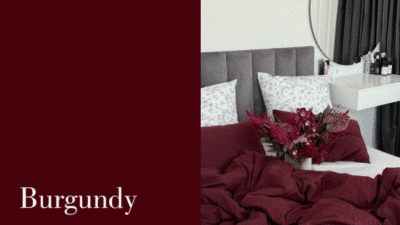

The aspiration to live in a space that truly feels like an extension of oneself is a universal desire. A home is more than just walls and a roof; it is a sanctuary, a reflection of personal style, a hub for family life, and often, a testament to individual achievements. Yet, achieving this ideal can be a daunting endeavor. The myriad of choices in materials, furniture, finishes, and spatial arrangements can overwhelm even the most decisive homeowner, often leading to interiors that feel generic, uninspired, or lacking cohesion. This is precisely where the expertise of professional personalized design becomes invaluable. It transcends mere decoration, delving deep into the homeowner’s lifestyle, aspirations, and aesthetic preferences to craft distinctive interiors that are both beautiful and profoundly functional. This article explores the intricate process, tangible benefits, and key elements involved in transforming your living space into a truly bespoke dream home through the collaborative power of expert design.
The Essence of Personalized Design: Beyond Aesthetics
Personalized design is not about imposing a designer’s signature style onto a client’s home. Instead, it is a highly collaborative and iterative process focused on understanding, translating, and elevating the client’s unique vision. It’s an approach that moves beyond transient trends, focusing instead on creating timeless, personal spaces.
Defining “Distinctive Interiors”


Distinctive interiors are those that immediately convey character, individuality, and a sense of purpose. They are spaces that tell a story – your story. This distinctiveness stems from thoughtful consideration of every detail, from the macro (layout, flow) to the micro (hardware, art placement). Such interiors seamlessly blend aesthetic appeal with practical functionality, ensuring that every element contributes to a harmonious whole. They might showcase unique architectural features, bespoke furnishings, a curated collection of art, or an unconventional color palette, all unified by a clear, personal narrative. The goal is to create an environment that resonates deeply with its inhabitants, fostering a sense of belonging and comfort that off-the-shelf solutions rarely provide.
The Psychology of Space: How Design Impacts Well-being
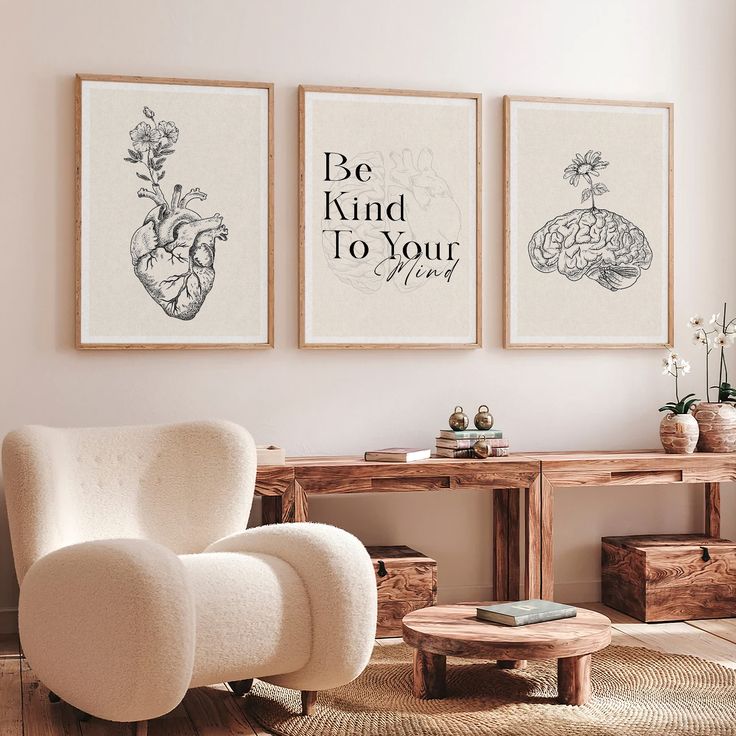
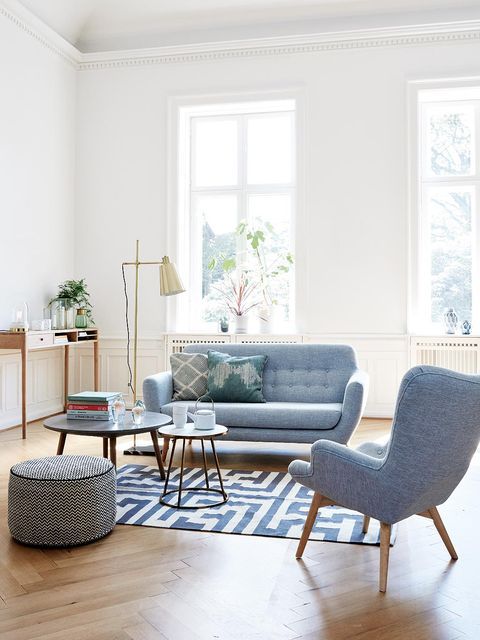
The environment we inhabit profoundly influences our mood, productivity, and overall well-being. Personalized design leverages this psychological connection by creating spaces optimized for emotional comfort and functional efficiency. A professional designer considers factors such as natural light, acoustics, ergonomics, and spatial relationships to cultivate specific atmospheres. For instance, a well-designed home office can boost focus and creativity, while a thoughtfully conceived bedroom can promote relaxation and restorative sleep. The strategic use of color palettes can also significantly impact mood; certain calm colors for kids’ rooms that support development might differ greatly from the vibrant hues chosen for a social living area. Understanding these psychological principles allows designers to craft spaces that not only look good but also feel right, fostering a sense of peace, energy, or warmth as desired.
Blending Functionality with Form
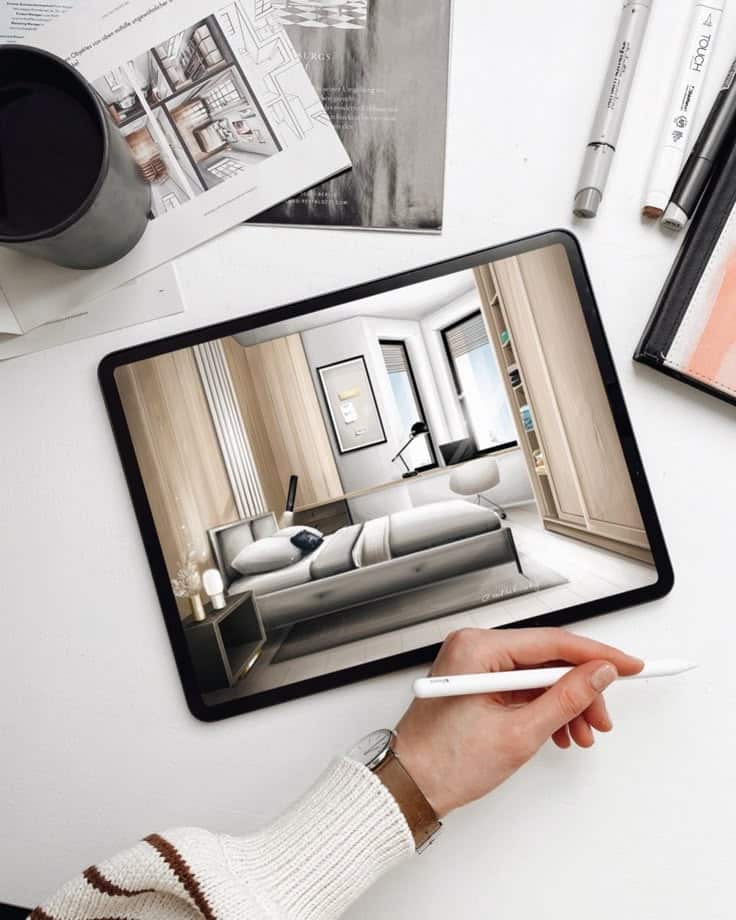
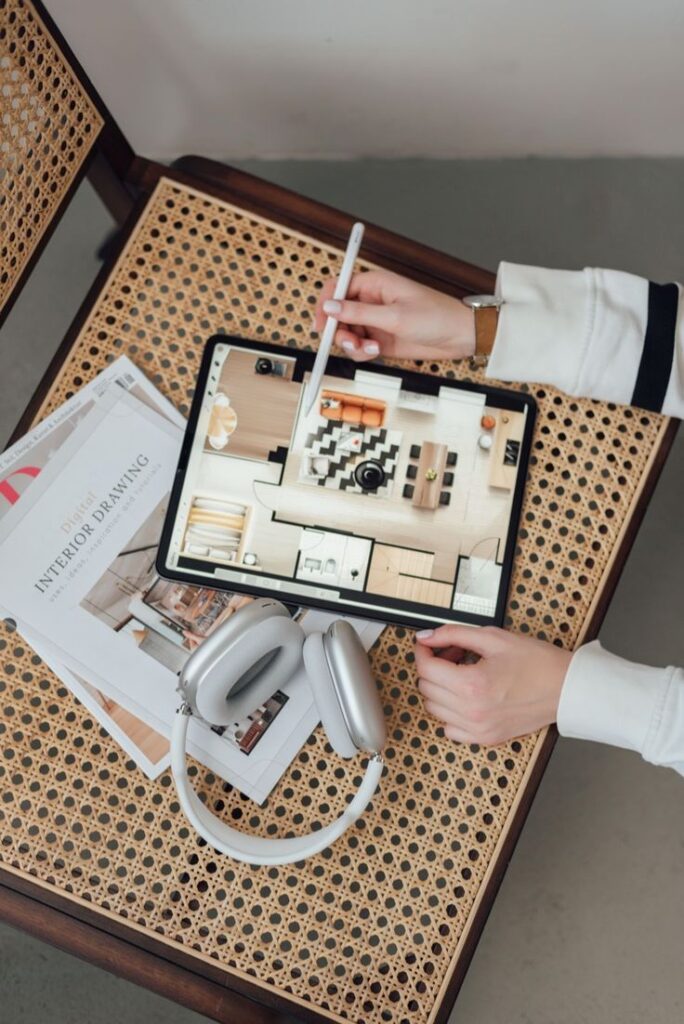
True personalized design ensures that beauty never sacrifices utility. A breathtaking interior that fails to accommodate daily life is ultimately unsuccessful. Professional designers excel at identifying pain points and developing ingenious solutions that integrate seamlessly into the design. This might involve innovative storage solutions, multi-functional furniture, or layouts that enhance daily routines. For example, a busy family might require durable, easy-to-clean surfaces and integrated technology, while a serene retreat might prioritize luxurious textures and soft lighting. The balance between aesthetics and pragmatism is key to creating a truly livable and cherished home. It’s about ensuring that every design choice, from the grand architectural gesture to the smallest hardware detail, serves a dual purpose: to enhance visual appeal and to improve the quality of life within the space.
The Collaborative Journey: Partnering with a Professional Designer
Embarking on a personalized interior design project is a journey best navigated with a trusted professional. A skilled designer acts as both a visionary and a project manager, guiding clients through every stage, mitigating challenges, and ultimately bringing their dream home to life.
Initial Consultation: Unearthing Your Vision
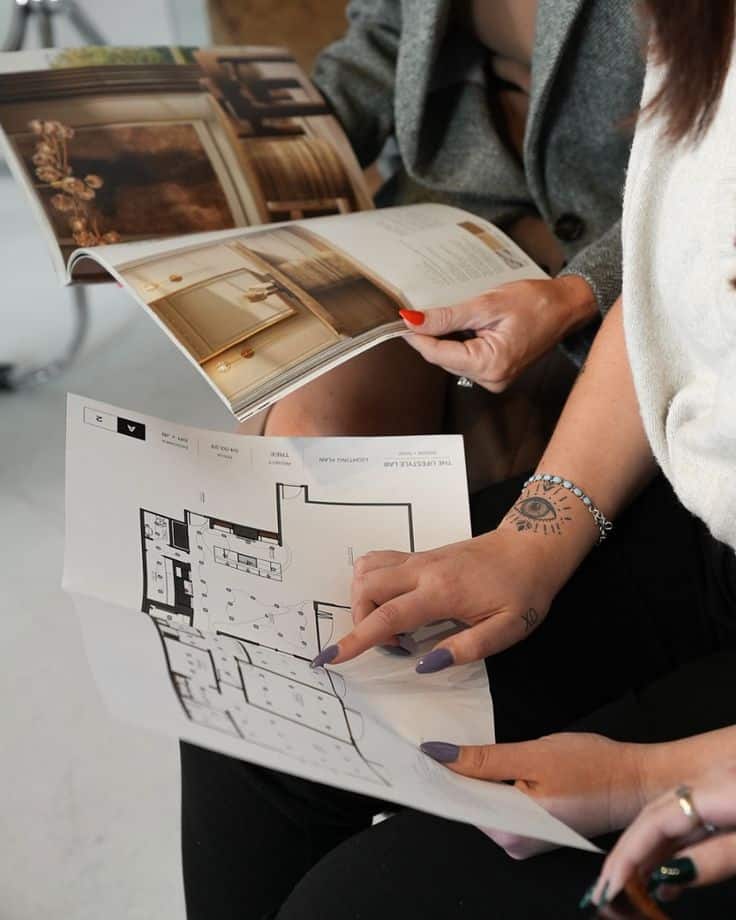
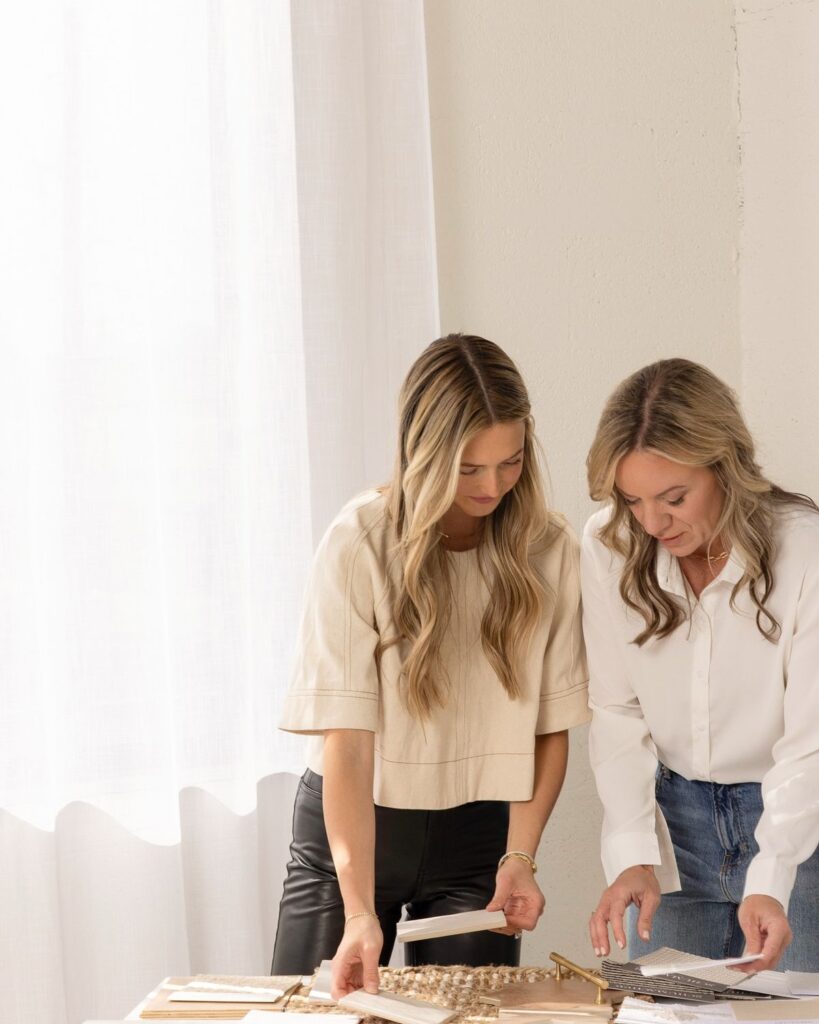
The foundation of any successful design project is a comprehensive understanding of the client’s needs, desires, and lifestyle. The initial consultation is a deep dive into these aspects. Designers will ask probing questions about:
- Your daily routines: How do you live in your home? Who uses which spaces, and for what purposes?
- Your aesthetic preferences: What styles resonate with you? Do you prefer modern minimalism, classic elegance, rustic charm, or an eclectic blend? What colors, textures, and materials do you gravitate towards?
- Your inspirations: What images, places, or experiences inspire you?
- Your functional requirements: What specific problems do you need to solve? Do you need more storage, better flow, an updated kitchen, or a more inviting entertaining area?
- Your budget and timeline: Realistic parameters are crucial for effective planning.
This initial phase is about listening intently and asking the right questions to ensure the designer fully grasps the essence of what the client wishes to achieve.
Concept Development: Translating Ideas into Blueprints

Once the vision is clear, the designer moves into the concept development phase. This involves translating abstract ideas into concrete design solutions. This stage often includes:
- Mood Boards: Collages of images, materials, and colors that visually communicate the overall aesthetic and feel of the proposed design.
- Floor Plans and Layouts: Detailed drawings showing furniture placement, spatial arrangements, and traffic flow.
- Sketches and Renderings: Visualizations that give clients a realistic preview of their future space. Advanced 3D architectural visualization tools have revolutionized this step, offering immersive experiences that allow clients to “walk through” their redesigned homes before construction even begins.
- Material and Finish Selections: Initial proposals for flooring, wall coverings, paint colors, countertops, and hardware.
This phase is critical for client feedback and refinement, ensuring the design evolves in alignment with their evolving vision.
Material Selection and Sourcing: Quality and Uniqueness
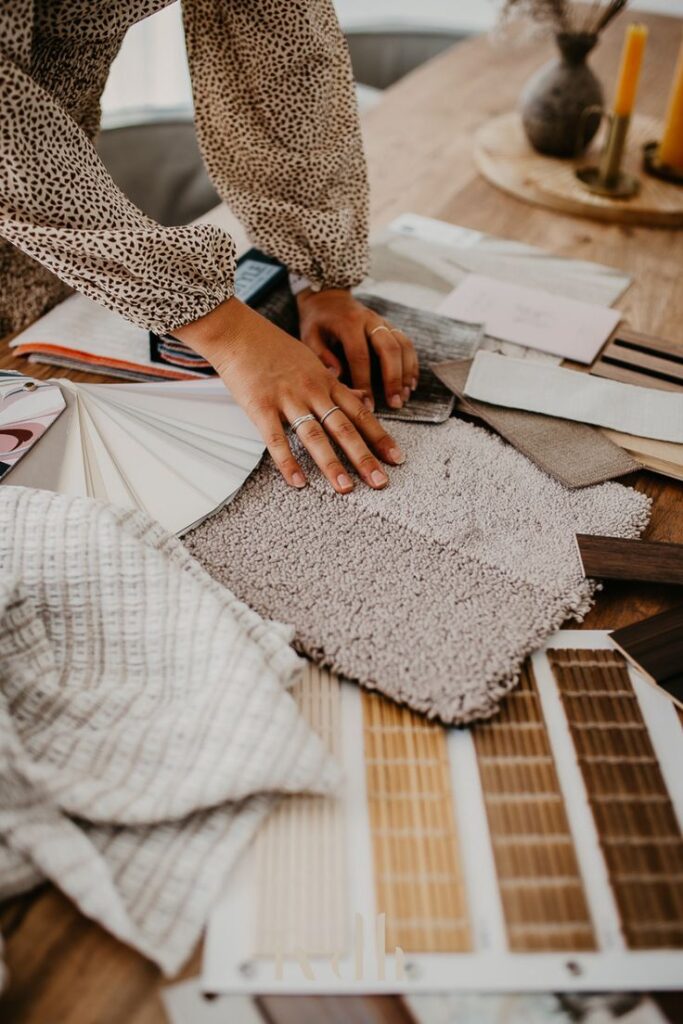
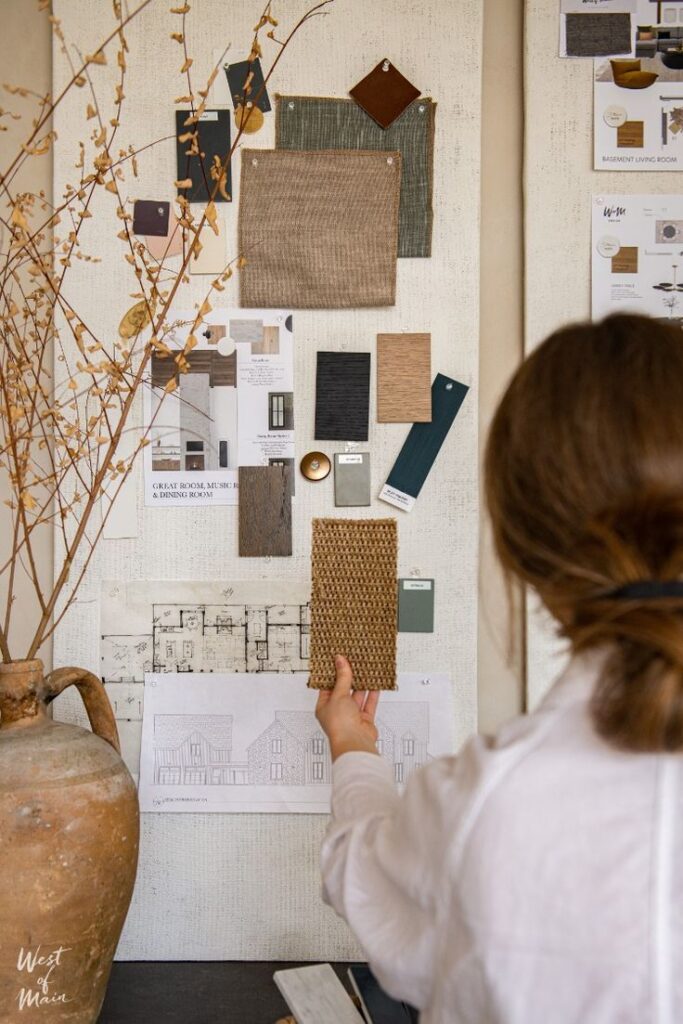
One of the most significant advantages of working with a professional designer is access to an extensive network of suppliers, artisans, and manufacturers. This allows for the selection of high-quality, unique materials and custom pieces that might not be available to the general public. Designers possess a deep understanding of material properties, durability, maintenance requirements, and aesthetic impact. They guide clients through choices ranging from sustainable options and luxurious finishes to practical, family-friendly solutions, ensuring every selection contributes to the overall design integrity and longevity. This meticulous sourcing also often leads to better value, as designers can leverage their trade relationships.
Project Management and Execution: From Vision to Reality
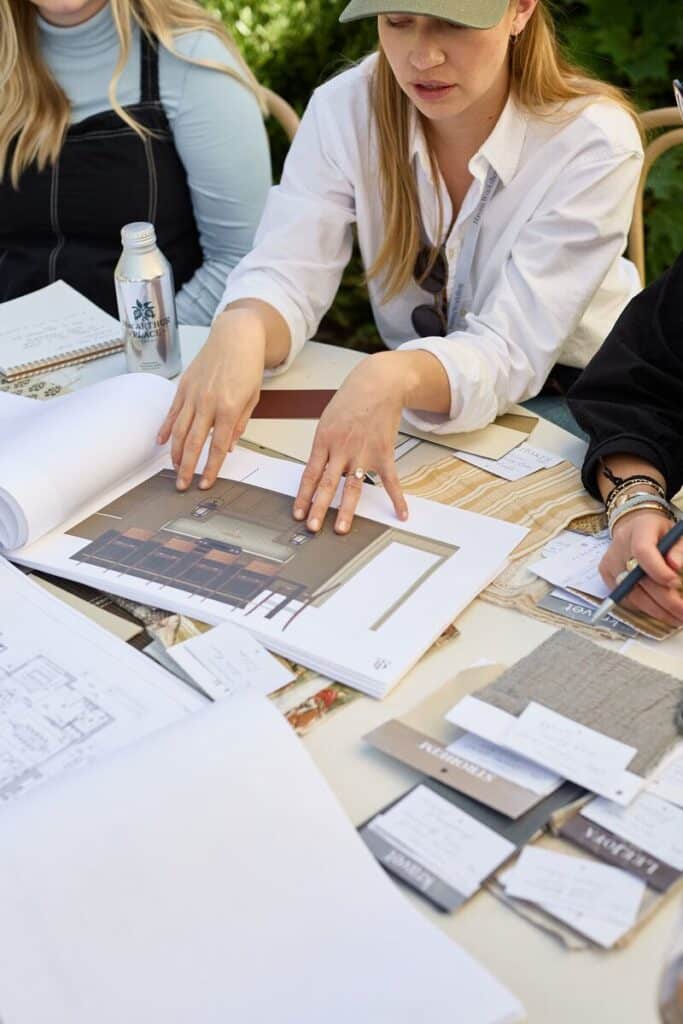
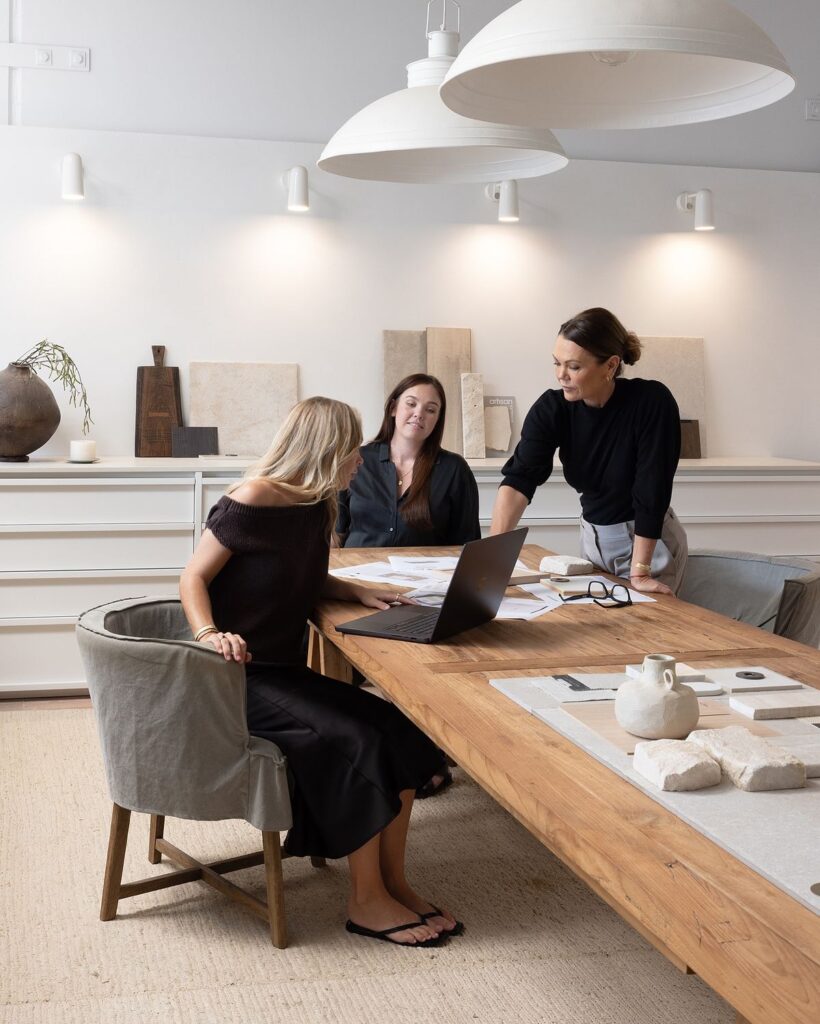
Bringing a complex design to fruition requires meticulous project management. Designers often oversee the entire execution process, acting as the central point of contact for contractors, artisans, and suppliers. Their responsibilities typically include:
- Vendor Coordination: Scheduling deliveries, installations, and various trades.
- Budget Management: Keeping track of expenses and ensuring the project stays within financial parameters.
- Quality Control: Supervising work to ensure it meets the highest standards and aligns with the design specifications.
- Problem Solving: Addressing unforeseen challenges promptly and effectively, minimizing disruptions.
This comprehensive oversight ensures a smooth, efficient, and stress-free renovation or construction process for the homeowner, culminating in a flawlessly executed distinctive interior.
Key Elements of Distinctive Interior Design
Distinctive interiors are crafted through the intentional combination of several key design elements. A professional designer understands how to manipulate these components to create a cohesive and impactful result.
Bespoke Furniture and Custom Millwork
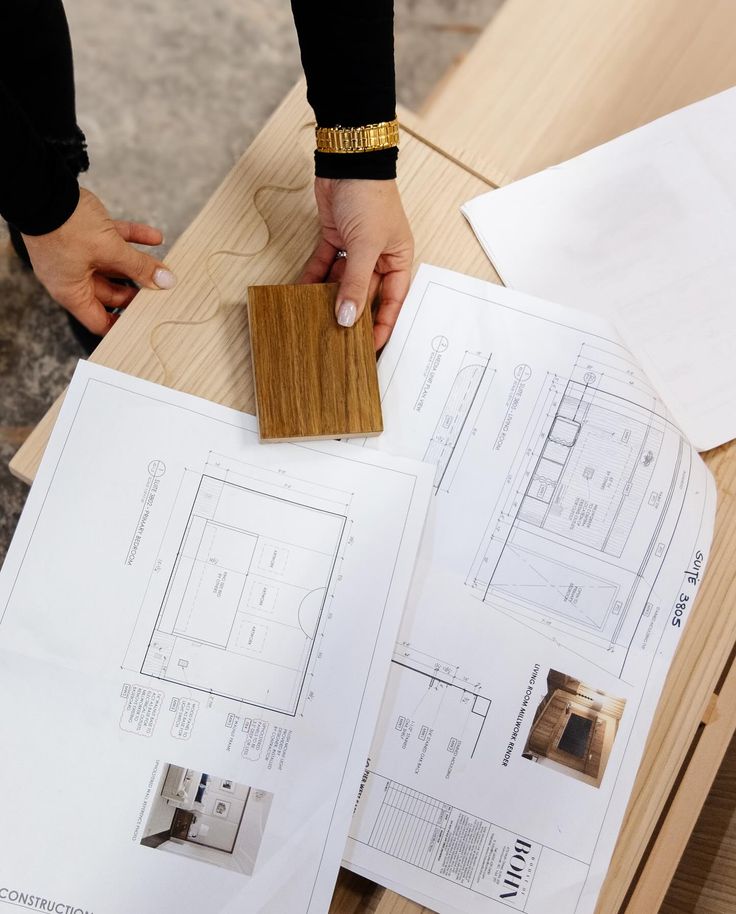
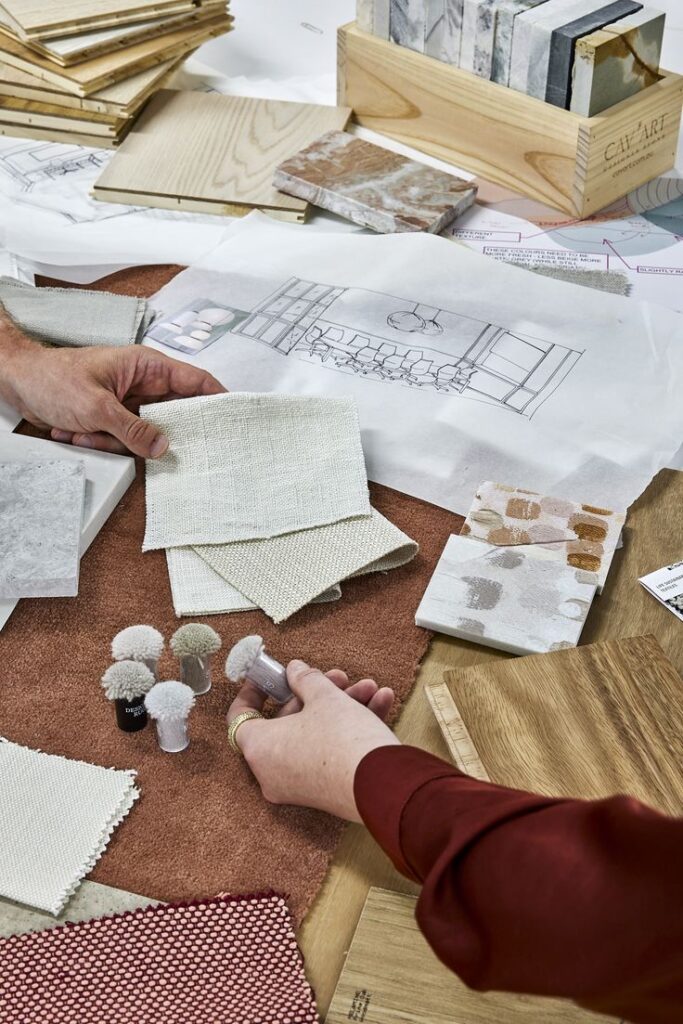
While mass-produced furniture offers convenience, bespoke pieces and custom millwork elevate an interior to an entirely different level of distinction. Custom solutions allow for:
- Perfect Fit: Furniture designed to precise dimensions, maximizing space and functionality in challenging layouts.
- Unique Aesthetics: Pieces crafted to reflect a specific style, material preference, or an unusual design concept.
- Superior Quality: Hand-built items often boast better craftsmanship and durability than their factory-made counterparts.
- Personalization: Incorporating unique details, finishes, or functionalities tailored to the client’s exact needs.
Imagine a custom-built bookshelf that perfectly integrates with the architectural lines of a room, or a dining table crafted from a specific reclaimed wood species, telling a story through its very presence. These elements become focal points, imbuing the space with character and exclusivity.
Thoughtful Lighting Strategies

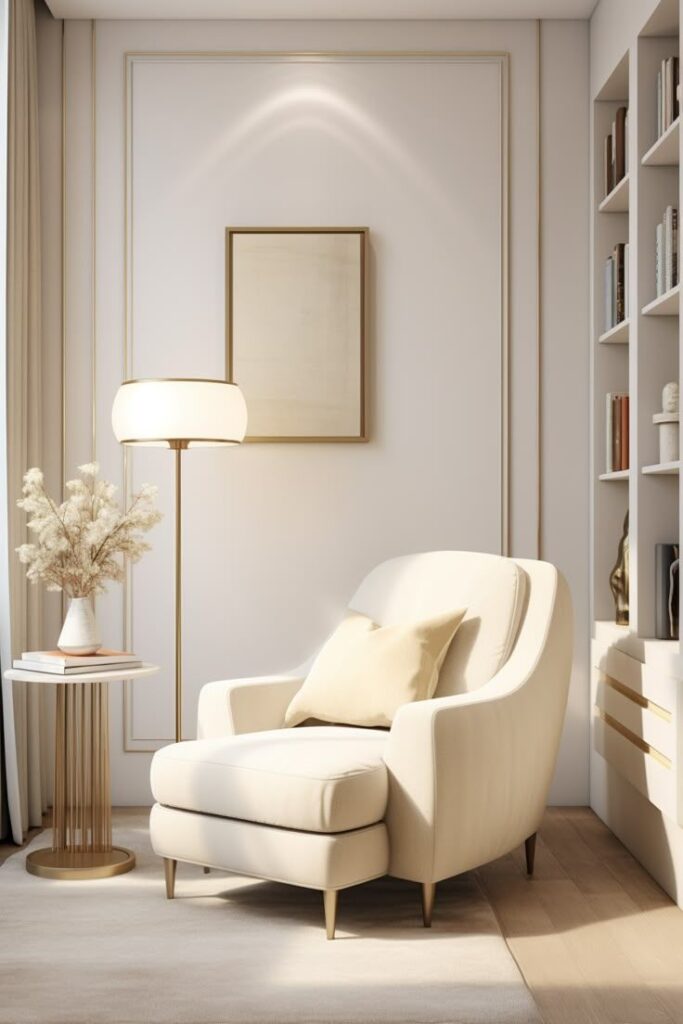
Lighting is often underestimated, yet it is one of the most powerful tools in a designer’s arsenal. Thoughtful lighting strategies go beyond merely illuminating a room; they shape mood, highlight architectural features, define zones, and enhance functionality. A multi-layered approach typically includes:
- Ambient Lighting: General illumination that provides overall brightness.
- Task Lighting: Focused light for specific activities, such as reading, cooking, or working.
- Accent Lighting: Used to highlight artwork, architectural details, or decorative objects, adding depth and drama.
- Natural Light Integration: Maximizing daylight through window treatments and strategic layouts to create a bright, airy feel.
Proper lighting can transform a space, making it feel larger, warmer, or more intimate. For instance, understanding lighting for small spaces is crucial for maximizing perceived size and functionality. A professional designer considers the interplay of natural and artificial light, integrating dimmers and smart lighting controls to offer flexibility and ambiance for various occasions.
Curated Art and Accessories
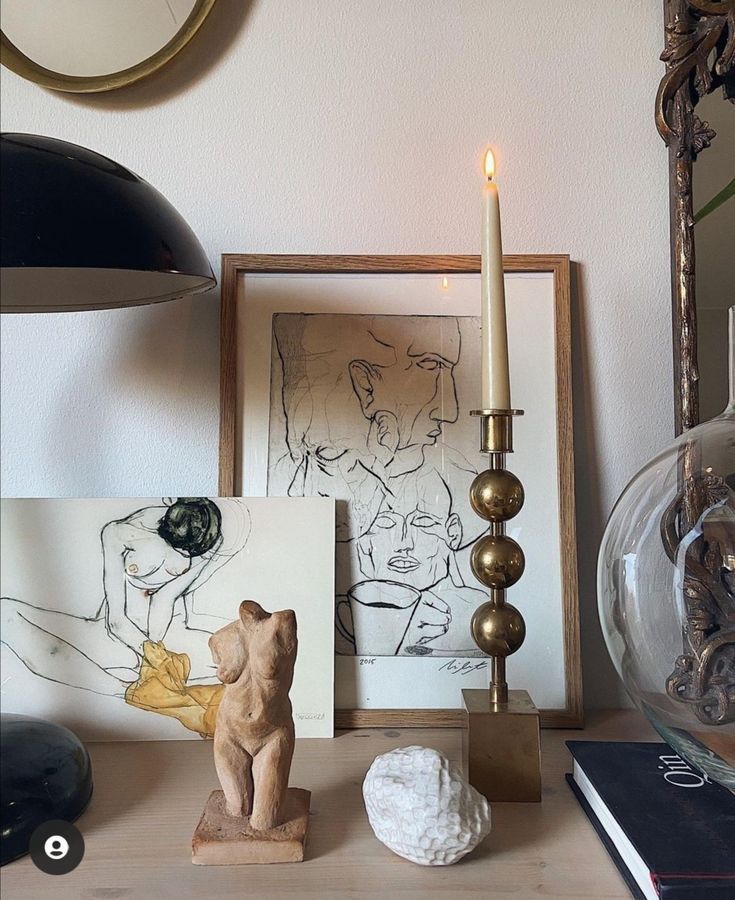
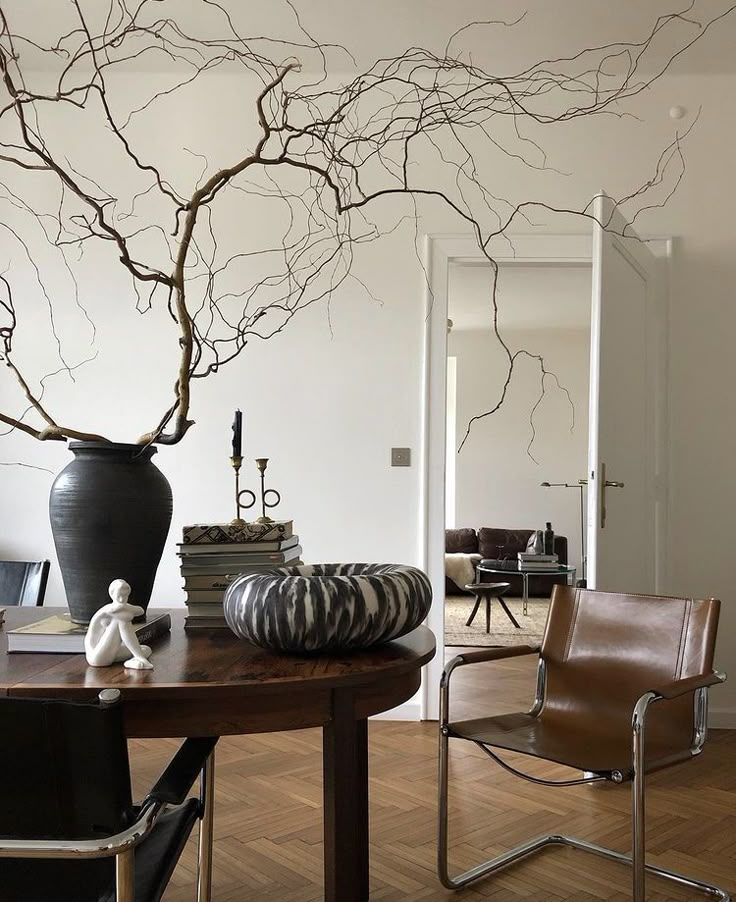
Art and accessories are the soul of an interior, adding layers of personality, texture, and color. However, merely filling a space with objects does not equate to a curated look. A professional designer approaches art and accessory selection with an expert eye, considering:
- Scale and Proportion: Ensuring pieces are appropriately sized for the space they inhabit.
- Color Harmony: Selecting items that complement or strategically contrast with the existing color palette.
- Storytelling: Choosing objects that reflect the client’s passions, travels, or personal history.
- Placement: Arranging items in a way that creates visual interest, balance, and a sense of intention.
From a striking sculpture to a collection of cherished photographs, each piece is thoughtfully chosen and placed to contribute to the narrative of the home, making it distinctly personal and engaging.
The Power of Color and Texture
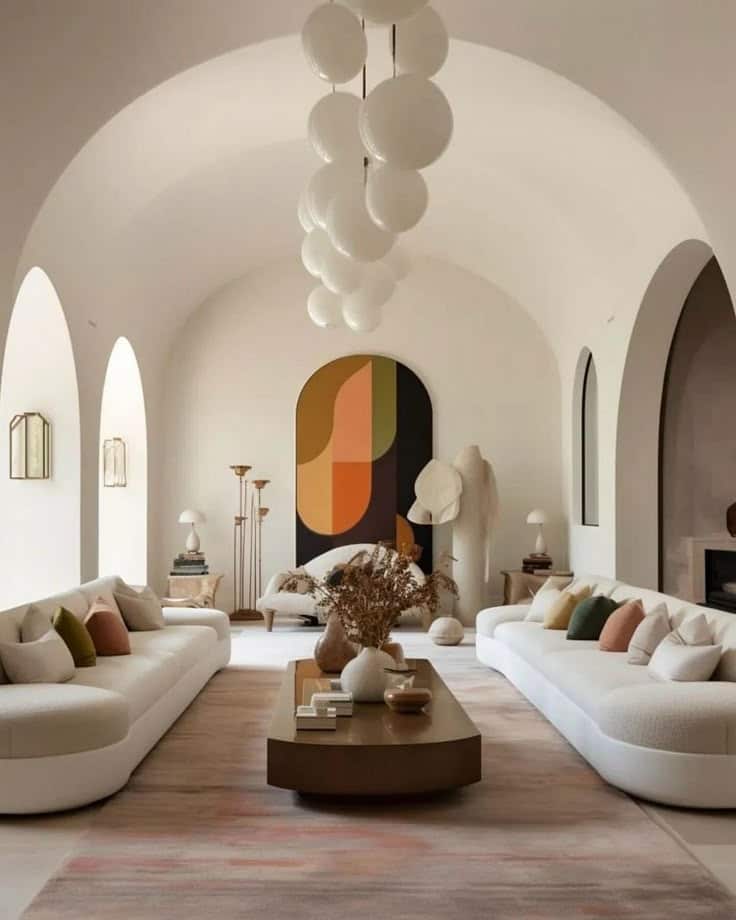
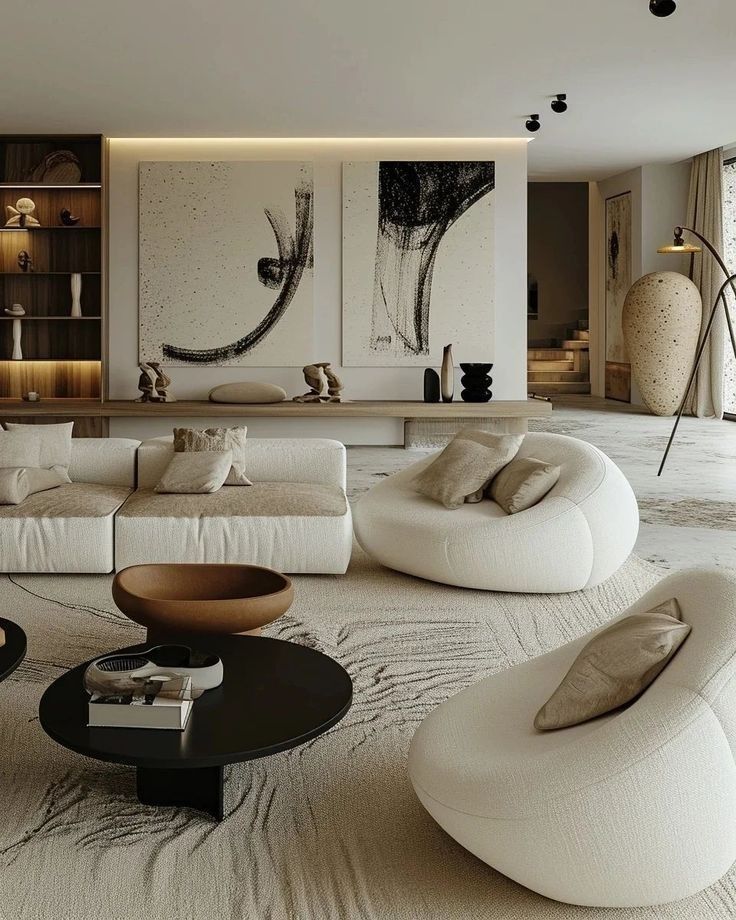
Color and texture are fundamental to creating mood and atmosphere within a space. They evoke emotions, influence perception, and add tactile richness.
- Color: A professional designer utilizes color theory to create desired effects, whether it’s a serene retreat, a vibrant social hub, or a dramatic statement room. They understand how different hues interact, how light affects color, and how to create a cohesive palette that flows throughout the home. Beyond paint, color is woven through fabrics, furniture, and finishes. The strategic use of color palettes can significantly impact the overall feel and function of a room, influencing everything from perceived warmth to psychological comfort.
- Texture: Texture adds depth and dimension. From the rough grain of reclaimed wood to the plushness of a velvet sofa, the coolness of polished marble to the warmth of a hand-knitted throw, varied textures engage the senses and make a space feel richer and more inviting. Designers expertly layer textures to create visual interest and tactile appeal, preventing a room from feeling flat or sterile.
Integrating Smart Home Technology
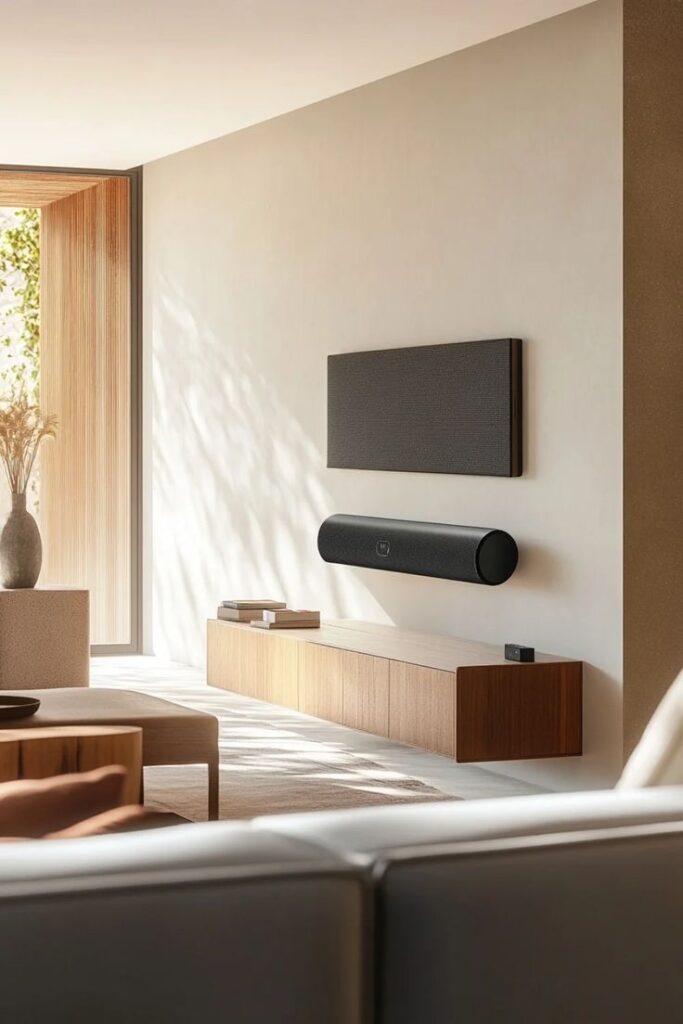
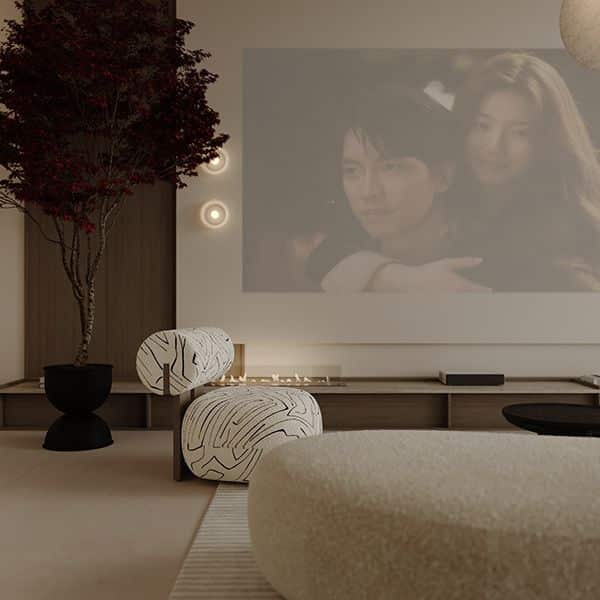
In today’s interconnected world, smart home technology is no longer a futuristic novelty but a practical enhancement to modern living. Professional designers can seamlessly integrate these technologies into the overall design, ensuring they are functional, intuitive, and aesthetically pleasing. This might include:
- Integrated Lighting Systems: Automated or voice-controlled lighting for convenience and ambiance.
- Climate Control: Smart thermostats that optimize energy efficiency and comfort.
- Automated Window Treatments: Blinds and shades that adjust based on daylight or privacy needs.
- Integrated Entertainment Systems: Hidden speakers and streamlined media centers for a clutter-free environment.
The key is to integrate technology thoughtfully, enhancing the living experience without overwhelming the aesthetics, creating a home that is both beautiful and intelligently responsive to its inhabitants.
Achieving Cohesion: Mixing Styles and Creating Flow
A truly distinctive interior often achieves its uniqueness through a masterful blend of elements, rather than rigid adherence to a single style. Professional designers are adept at creating harmony where others might see discord, ensuring every space contributes to a unified whole.
Understanding Different Design Styles

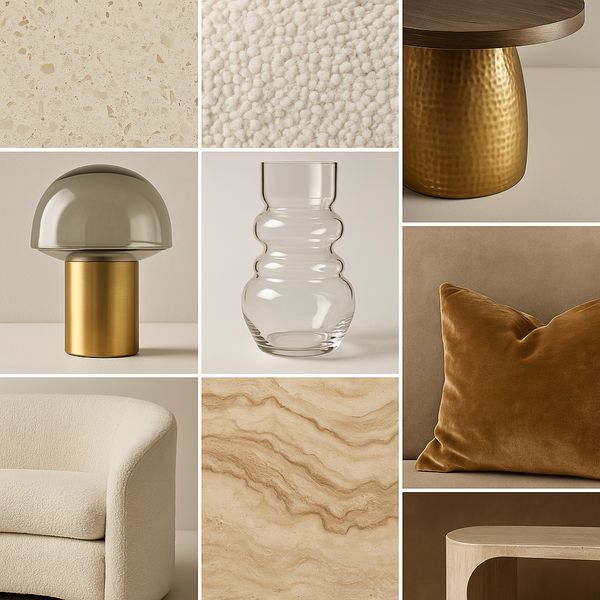
Before one can expertly mix styles, it’s essential to understand their individual characteristics. From the clean lines of Minimalism and the rustic warmth of Farmhouse to the opulent details of Traditional or the bold eclecticism of Bohemian, each style possesses its own vocabulary of forms, materials, and colors. A designer’s broad knowledge allows them to identify the core tenets of various aesthetics and extract elements that align with the client’s preferences. This informed approach ensures that any blending is purposeful and considered, rather than a haphazard collection of unrelated pieces.
The Art of Harmonious Blending
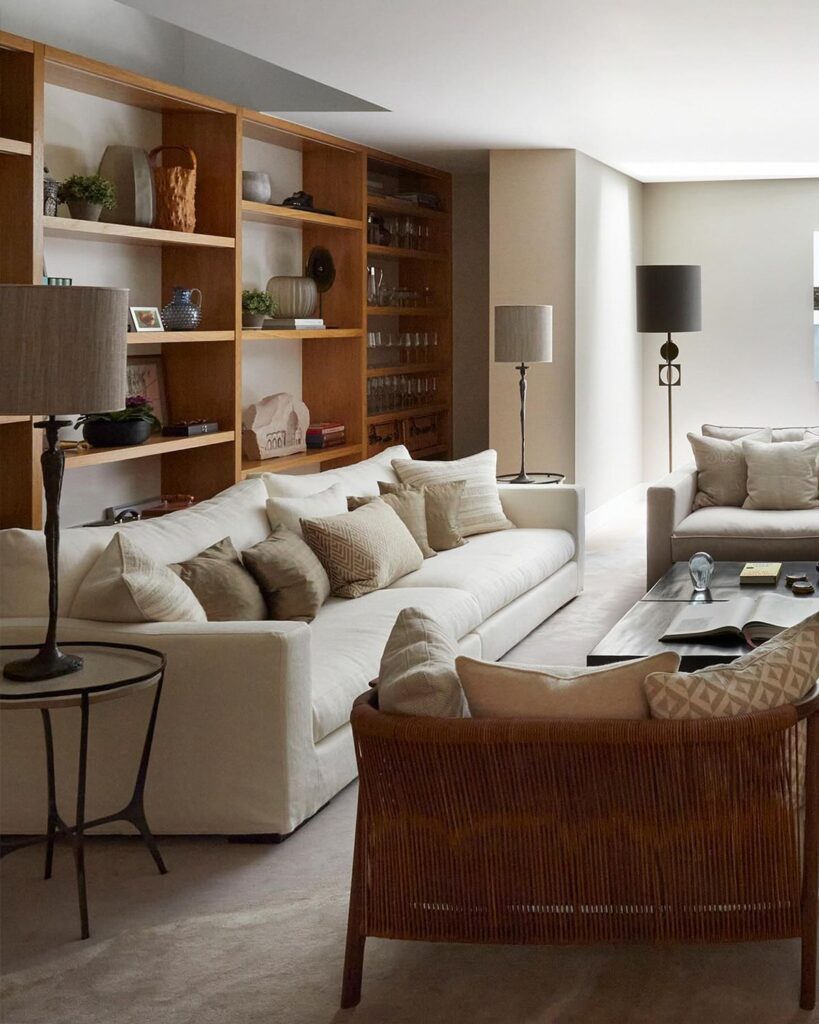
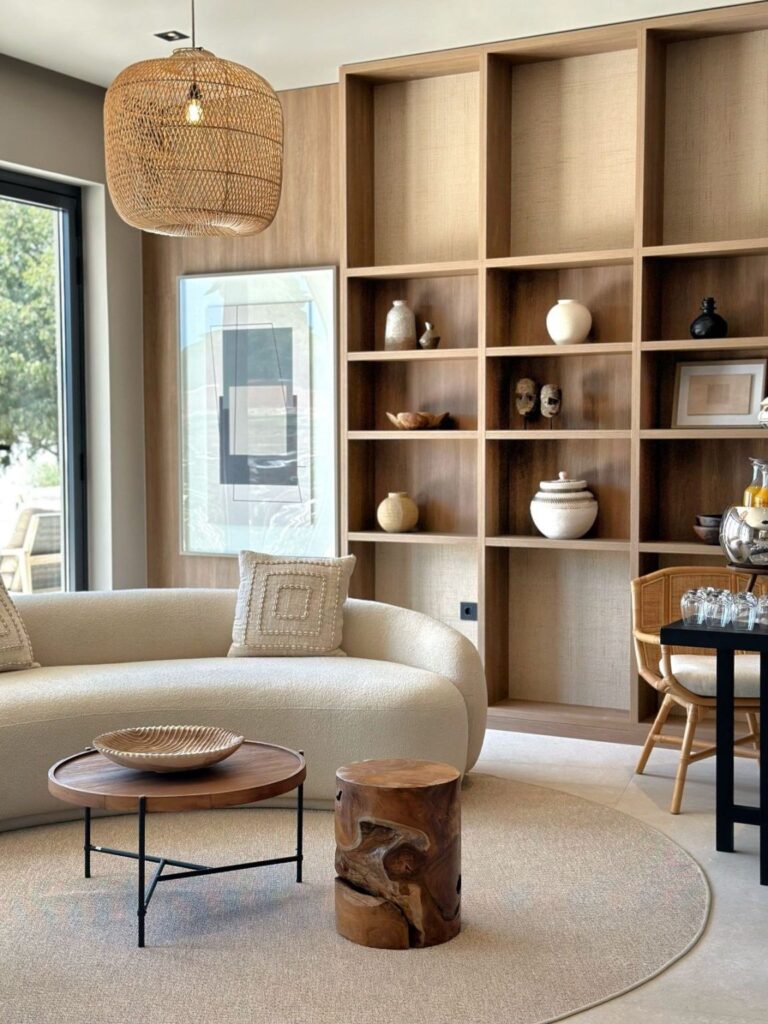
The ability to successfully mix design styles in your home is a hallmark of professional expertise. It involves:
- Finding Common Threads: Identifying shared characteristics like color palettes, material types (e.g., natural wood, metal), or geometric shapes that can unify disparate styles.
- Strategic Contrast: Introducing elements from different styles to create visual interest and prevent monotony, ensuring these contrasts are balanced.
- Scale and Proportion: Maintaining a consistent sense of scale across different stylistic elements helps to prevent a disjointed appearance.
- Editing: Knowing when to stop. A blended style thrives on careful selection and restraint, avoiding an overly cluttered or thematic overload.
The goal is to create a dynamic yet balanced interior that feels evolved and authentic, reflecting a layered personal history rather than a snapshot from a catalog.
Creating Seamless Transitions Between Spaces
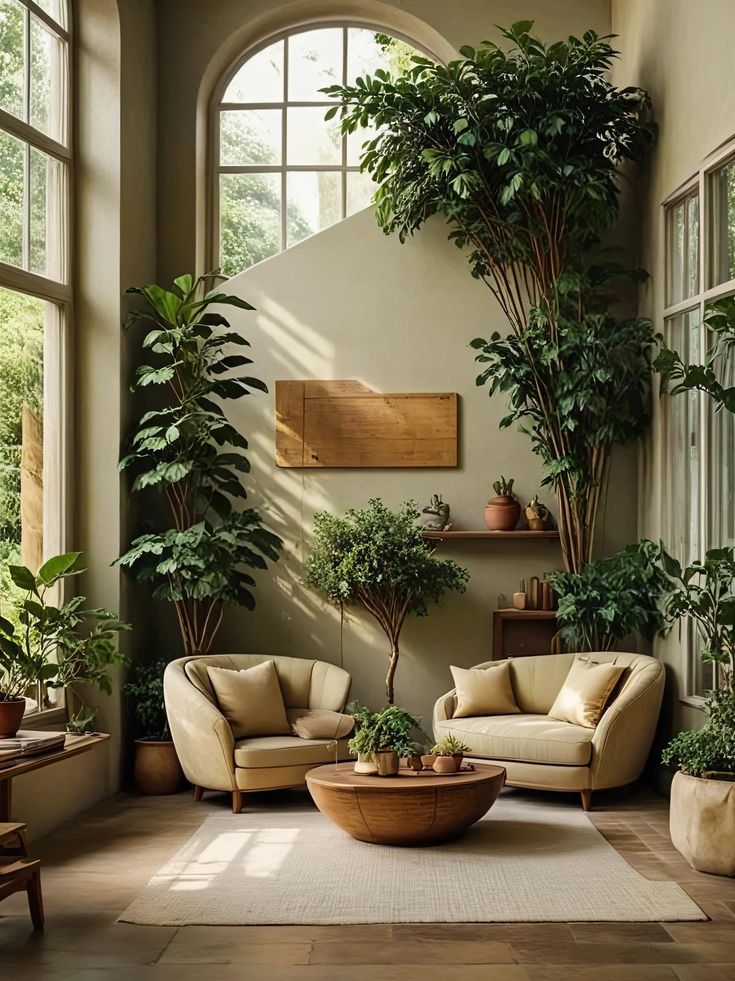
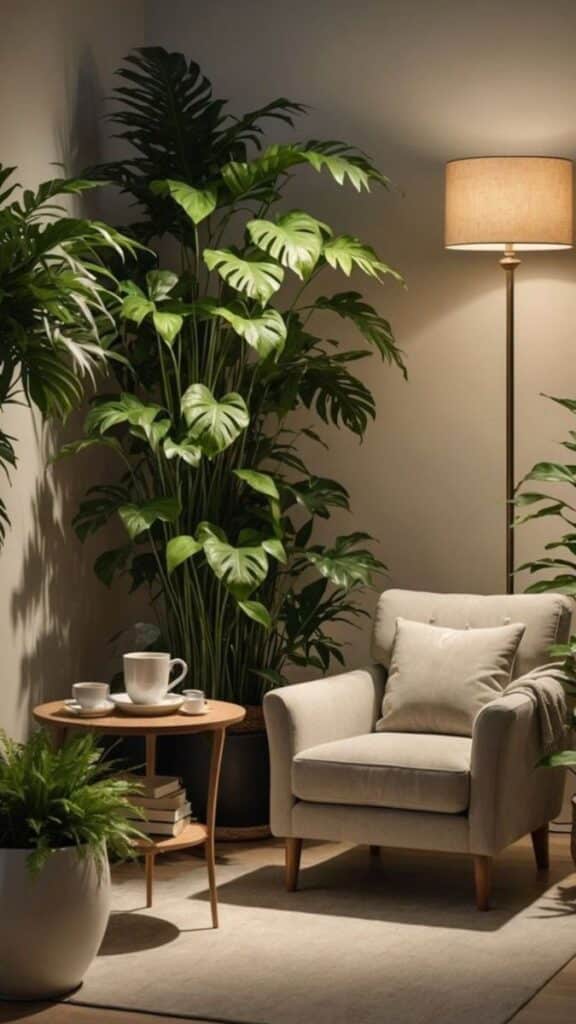
Flow refers to the ease with which one moves through a home, both physically and visually. A well-designed home encourages natural progression from one room to the next, with each space feeling connected to the whole. This is achieved through:
- Consistent Color Palettes: Using a master color scheme with variations in different rooms.
- Repeat Materials: Carrying over certain materials (e.g., flooring, wood finishes) between adjacent spaces.
- Architectural Cohesion: Ensuring doorways, archways, and ceiling treatments maintain a consistent aesthetic.
- Thoughtful Furniture Arrangement: Orienting furniture to guide the eye and direct movement.
From the moment you step through the door, a skilled designer ensures that your entryway to living room creates a natural flow, establishing a sense of harmony and making the entire home feel larger and more inviting. This seamless transition is crucial for both aesthetic pleasure and practical livability.
The ROI of Professional Interior Design
Engaging a professional for personalized interior design is an investment, but one that offers significant returns, both tangible and intangible.
Increased Home Value
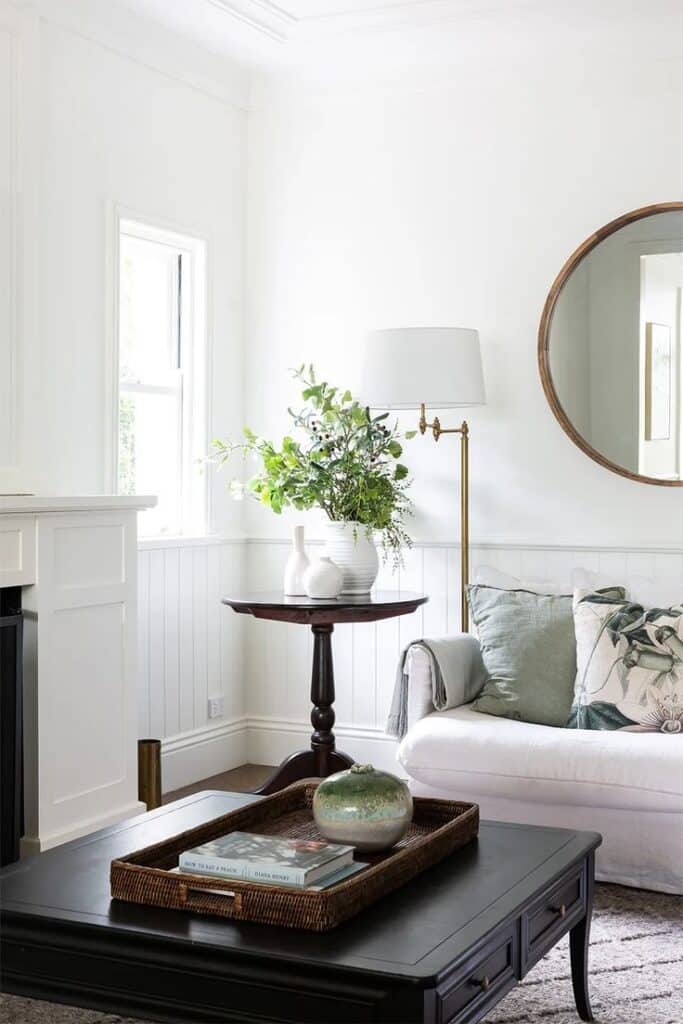
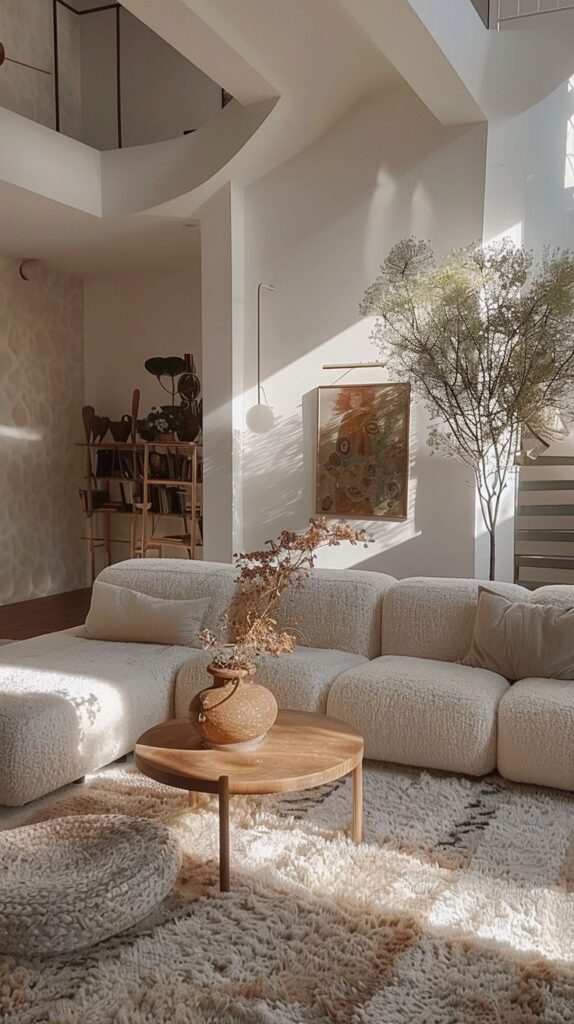
A professionally designed home often commands a higher market value. Distinctive, well-executed interiors stand out in a competitive real estate market, appealing to discerning buyers who recognize the value of quality design and functionality. Potential buyers are willing to pay a premium for a move-in-ready home that exudes style and has been thoughtfully curated. Studies consistently show that homes with professional staging and design elements sell faster and for more money. The investment in personalized design can therefore be seen as a strategic enhancement that protects and grows your real estate asset.
Time and Stress Savings
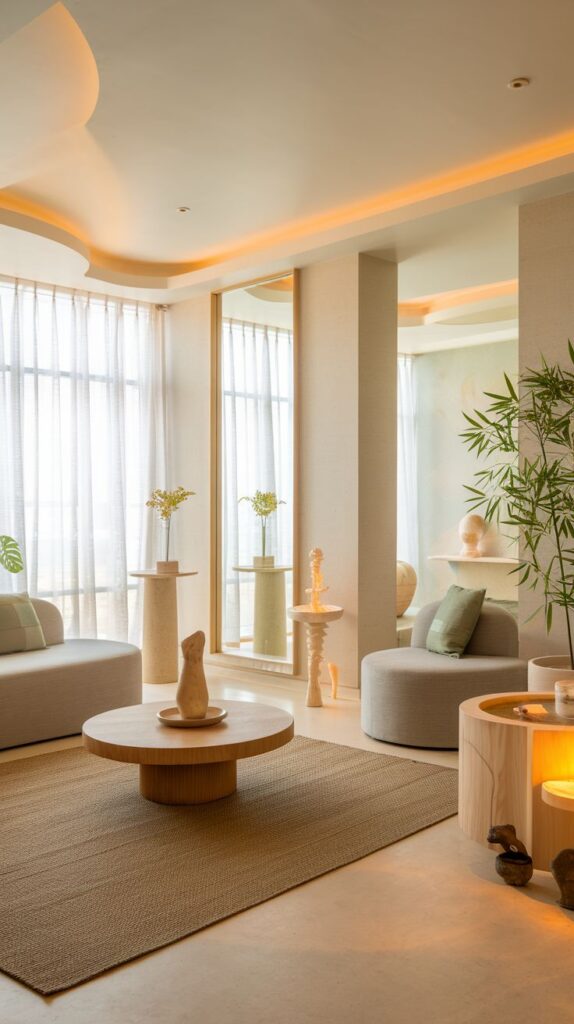

Designing and furnishing a home is an incredibly time-consuming and often stressful process. From endless research and sourcing to coordinating tradespeople and managing budgets, the demands can quickly become overwhelming. A professional designer alleviates this burden. They handle the minutiae, navigate challenges, and make informed decisions, freeing up the client’s valuable time and reducing stress. Their expertise ensures efficiency, avoiding costly mistakes and delays that often plague DIY projects. This peace of mind alone is a significant return on investment.
Long-Term Satisfaction and Livability
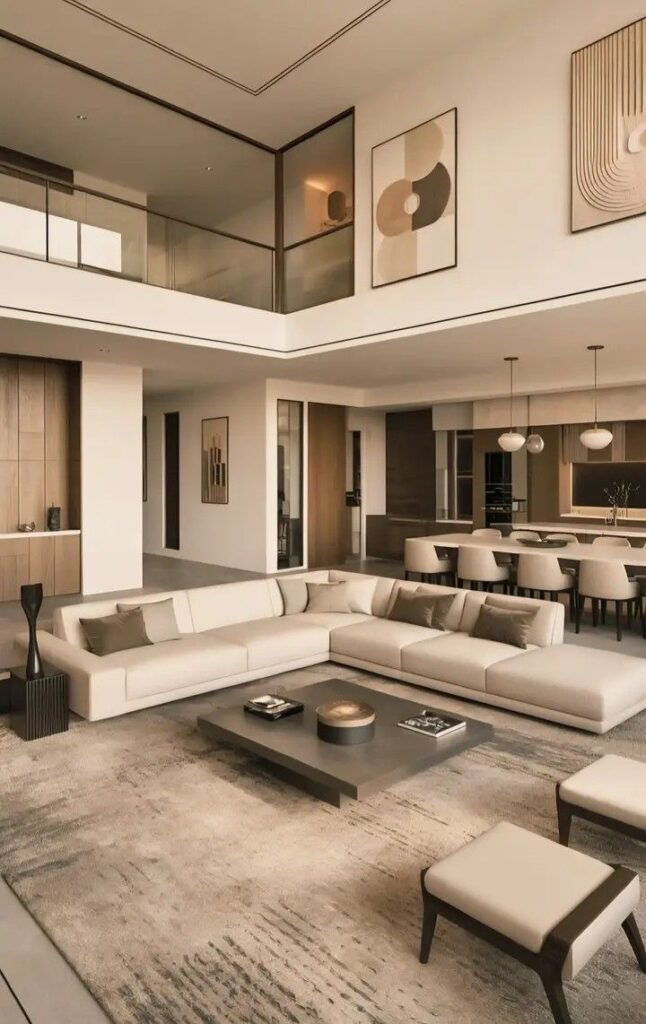

Perhaps the most significant return on investment is the enduring satisfaction and enhanced livability of a professionally designed home. Unlike trendy makeovers that quickly feel dated, personalized design focuses on timeless elements and a deep understanding of the client’s needs, ensuring the space remains relevant and cherished for years to come. Waking up in a home that perfectly reflects your personality, functions seamlessly with your lifestyle, and provides a beautiful backdrop for your life’s moments is an invaluable reward. It transforms a house into a truly distinctive and beloved sanctuary, an environment that genuinely supports your well-being and happiness. This enduring satisfaction makes the initial investment worthwhile, as the home continues to bring joy and comfort daily.
Conclusion
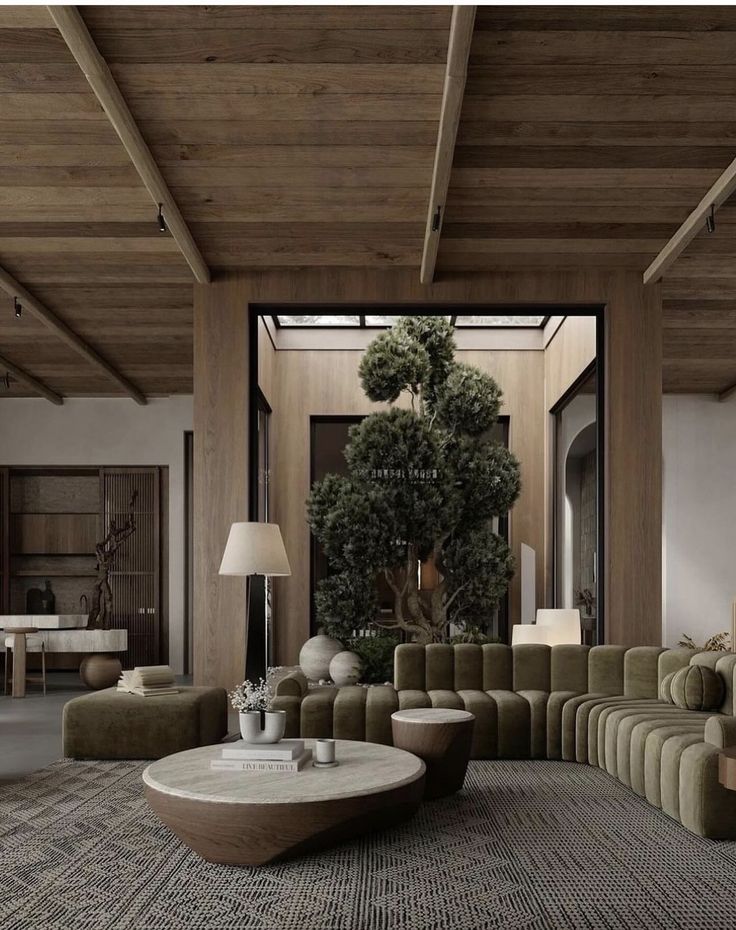
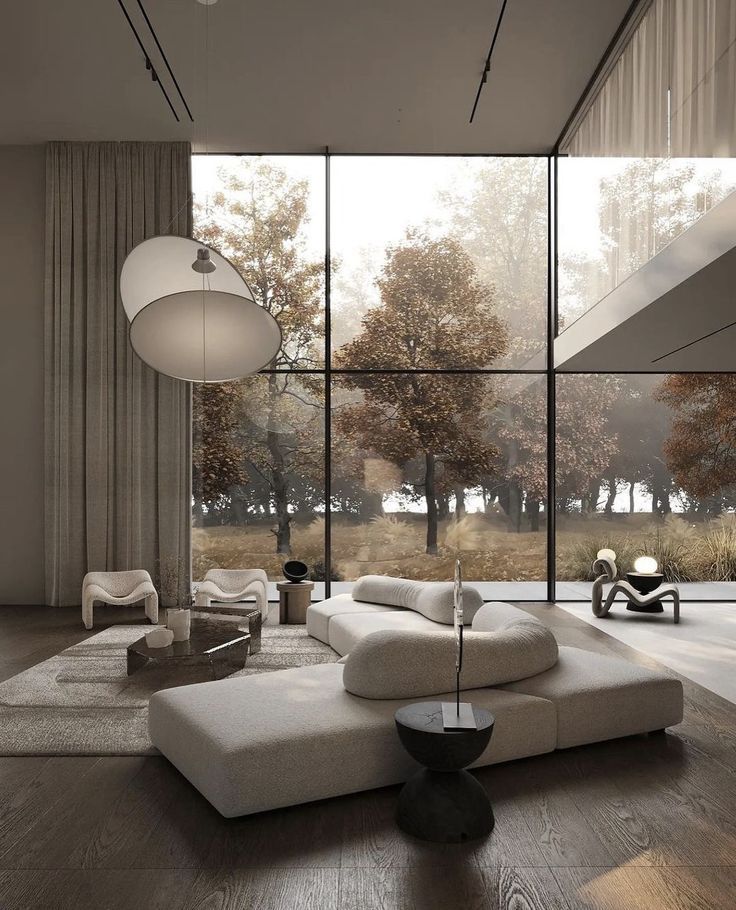
Crafting your dream home through professional personalized design is an transformative journey. It’s an opportunity to move beyond the ordinary, to transcend fleeting trends, and to create an environment that is a true reflection of your unique identity and aspirations. By partnering with an expert interior designer, you gain access to a wealth of knowledge, a network of resources, and a meticulous approach that ensures every detail is considered, from the psychological impact of color to the tactile richness of curated textures.
The benefits extend far beyond mere aesthetics; they encompass enhanced functionality, improved well-being, increased property value, and, most importantly, the profound satisfaction of inhabiting a space that truly feels like home. This collaborative process guarantees a distinctive interior that is not only visually stunning but also deeply resonant, offering a sanctuary tailored precisely to your life. If you envision a home that tells your story, inspires your daily life, and stands apart with undeniable character, then embarking on a personalized design journey with a professional is the most impactful step you can take towards realizing that dream.
- 4shares
- Facebook0
- Pinterest4
- Twitter0

